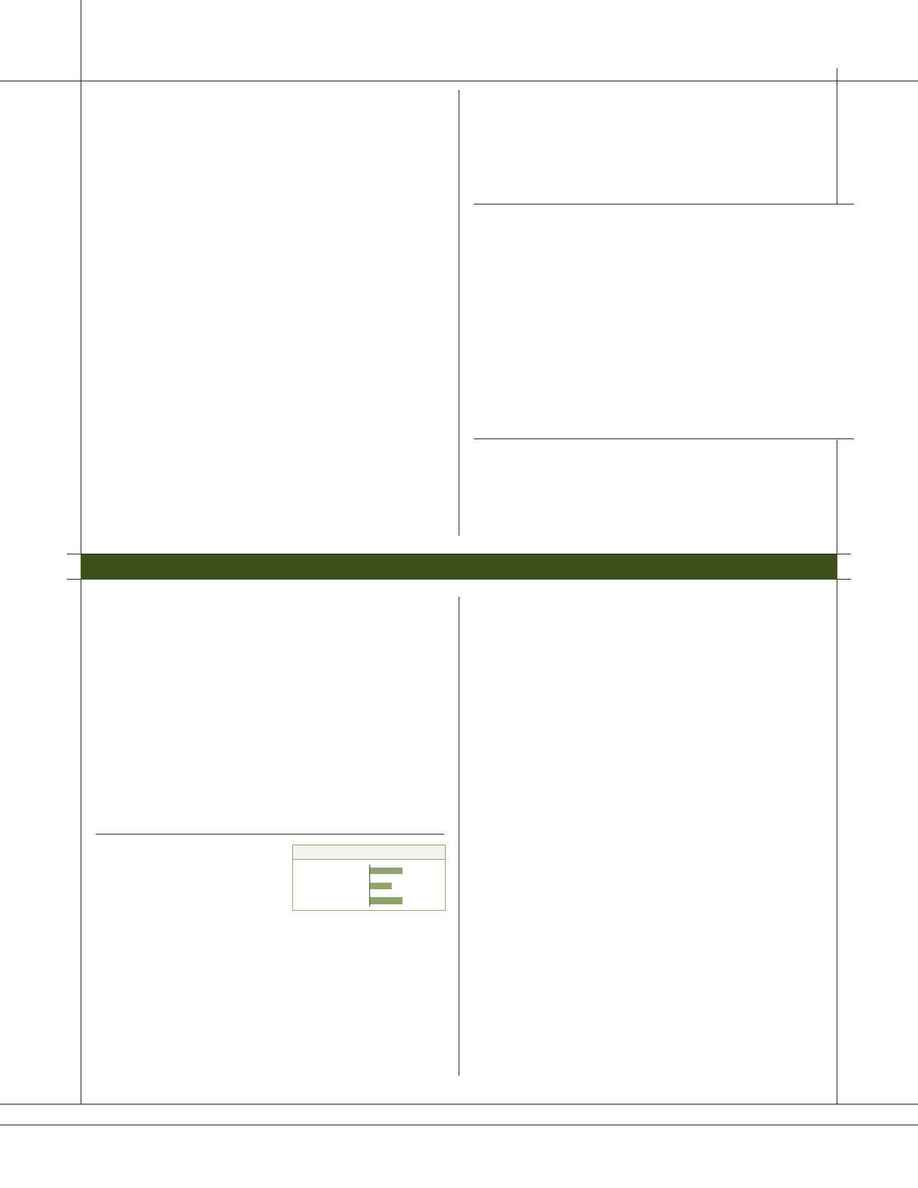
content such as topic or people appearing in the pro-
gram by connecting directly to the production systems
of the programmer. In a trial with Bloomberg TV, for
instance, the software is tracking the time a par ticular
news segment goes on the air, how long it runs and who
will appear on camera.
MyDTV believes cable and satellite operators will be
willing to pay for its software because the system gives
them a way to get more personally involved with their sub-
scribers. A recent trial run of the system by Time Warner
Cable resulted in a 35-percent drop in customer churn and
a 40-percent increase in pay-per-view usage, as customers
broke free of their 10-channel comfort zone and explored
new stations that they had not watched before.
The market size for TV search technology is hard to
peg. But in a recent sur vey of trial users, more than half
said they would be willing to pay up to $1 per month for
the ser vice. MyDTV's biggest competitor is Gemstar TV
Guide, which currently operates the largest interactive
system. MyDTV's technology could potentially be
licensed to competitors.
MyDTV was founded by Gil Dudkiewicz. He was previ-
ously director of marketing at Tefen USA, an industrial engi-
neering and system-analysis firm where he learned about the
potential for new technologies in the entertainment industry.
MyDTV this year received $7 million in a series A
round led by WaldenVC. The company plans to use the
money to market its search-engine software to more
cable and satellite TV operators and to make the tech-
nology work with programming guides already available
on the set top. Larr y Marcus, a general par tner at
WaldenVC, says he's seen no other technology that
makes it so easy for people to find what they want to
watch. In par ticular, he believes TV Agent's ability to
alert viewers to "intra-show segments" is what makes the
technology so appealing.
q
12
DEFENSE & SECURITY
It's no secret that the war on terror and the subse-
quent rise in investments in security companies has
been a boon to the struggling technology economy. The
Depar tment of Homeland Security is expected to dole
out some $60 billion over the next two years on ever y-
thing from biometric scanners in airports to antibioterror
agents. Some, however, are star ting to wonder if the
recent spur t of star tup activity in the security sector is
beginning to look like a dotcom-style bubble. That ques-
tion will not likely be answered in the short term. In the
meantime, startups like Griffin Analytical, profiled on the
next page, continue to thrive and develop ingenious new
ways to combat the threat of terrorism.
CARBOPUR
Carbon-Fabric Filtration
Montreal, Quebec
www.carbopur.ca
T
raditional air and liquid filtration systems are made
with activated carbon, a charcoal-like substance that
traps contaminants in its porous str ucture. After some
use, however, the carbon becomes saturated and the filter
has to be discarded. This is costly and time consuming.
CarboPur says it has come up with a cost-effective way
to produce a carbon fabric that can be purged of contam-
inants and regenerated through the addition of an elec-
tric charge. The company hopes its new technology will
soon be soaking up a piece of the annual $1 billion
carbon-filter market.
Traditionally, activated carbon is manufactured by
heating an organic substance like, say, coconut shells, to
about 900 F. The resulting charcoal is treated with chem-
icals to make it porous, allowing air and water to pass
through but trapping contaminants in its pores. Carbon
filters are normally made of charcoal powder, pellets or
granules, materials that are dif ficult to work with and
must be discarded once saturated.
Thus the emerging market for an activated carbon
fabric. Carbon fabric is made by a process similar to those
used to produce other charcoals. Cotton or denim is
heated to 900 F and then treated with chemicals. The
resulting carbon fabric can be used in filters and is also
now finding use in the growing market for chemical and
biological protective clothing in the militar y.
The problem with activated carbon fabric is that it's
ver y expensive to produce because up to 80 percent of
the raw material is destroyed in the process.
In the early 1990s, Jean Pierre Farant, then director
of McGill University's Environmental Research
Laborator y, was looking for a way to regenerate the acti-
vated carbon in filtration systems. His research team
found that carbon fabric was conductive and that by
applying an electric charge they could reverse the van der
Waals force that attracts contaminants to charcoal and
A recent trial run of the
MyDTV software by Time
Warner Cable resulted in
a 35-percent drop in
customer churn and a 40-
percent increase in pay-
per-view usage.
IC RATING (scale 110)
INNOVATION
6
CAPITALIZATION
4
MARKET OPPTY
6
